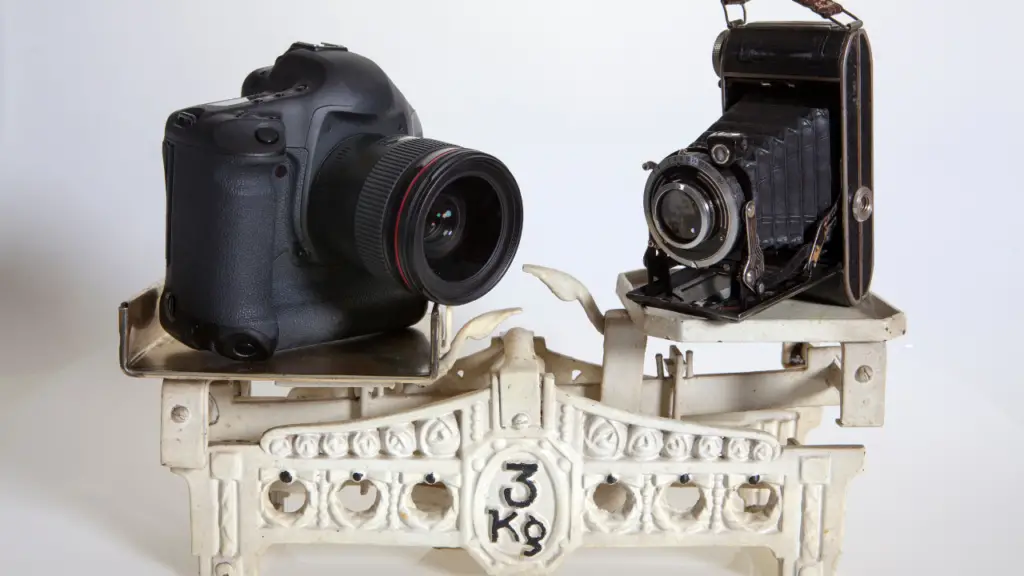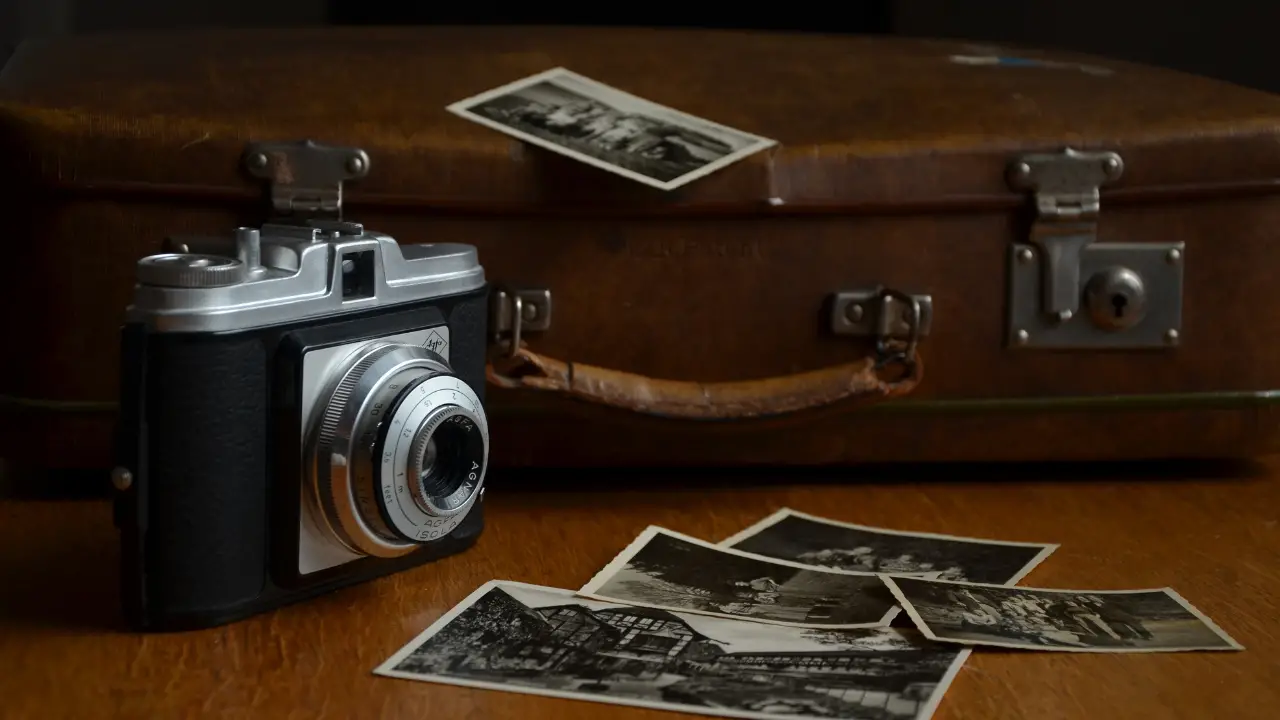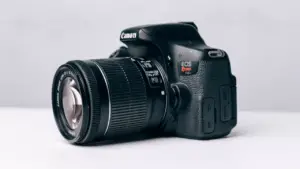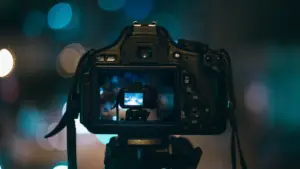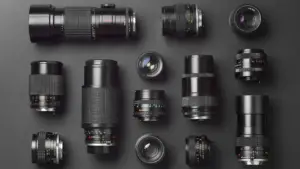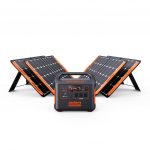Welcome to the world of photography and filming! With various camera brands on the market today, knowing where to start can be a bit daunting for a beginner. This article will delve into the specs of Canon and Nikon, two well-established brands in the photography field that are known for their beginner-friendly models.
Canon, renowned for its wide range of camera models, offers entry-level DSLR cameras that are affordable, user-friendly, and packed with features crafted for individuals stepping into photography.
On the other hand, Nikon, famous for its superior image quality and performance, supplies entry-level models that wonderfully blend simplicity, affordability, and potent features, making them an excellent choice for newcomers to photography.
Table of Contents
The best film cameras for beginners
Canon
Canon: The Ideal Choice for Novice Photographers
Canon Inc., the Japanese multinational corporation, is renowned worldwide for its superior imaging and optical technology. It offers an impressive array of cameras, from simple point-and-shoot models to high-end professional DSLRs. Of all its offerings, Canon’s entry-level cameras are particularly ideal for beginners, with features tailored to assist in getting the hang of the basics.
Ease of Use
First and foremost, Canon cameras are incredibly easy to use. They come with user-friendly interfaces that help beginners quickly familiarize themselves with the different mechanisms and settings. The layout of the buttons, dials, and icons are intuitive, simplifying the learning process for new photographers.
Price Point
Canon keeps beginners in mind not only in terms of usability but also price. The brand offers affordable entry-level cameras that don’t compromise on photographic capabilities. This makes Canon an excellent choice for those who are just starting out in photography but are on a tight budget.
Features
The entry-level Canon cameras come equipped with various features that can enhance a beginner’s photography experience. For instance, they have automatic settings that adjust the aperture, shutter speed, and ISO, taking the guesswork out of capturing the perfect shot. They also come with guided interfaces that provide tips and advice on how to use the various settings and modes.
Upgrade Path
Canon offers an easy and convenient upgrade path. As the beginner photographer grows in skill and experience, Canon has a multitude of advanced models to choose from. This makes it easy for photographers to stick with the brand as they progress in their photography journey.
In conclusion
Canon’s range of beginner-friendly cameras, along with their reasonable prices, user-friendly interfaces, and host of practical features, make them an ideal starting point for those venturing into the world of photography.
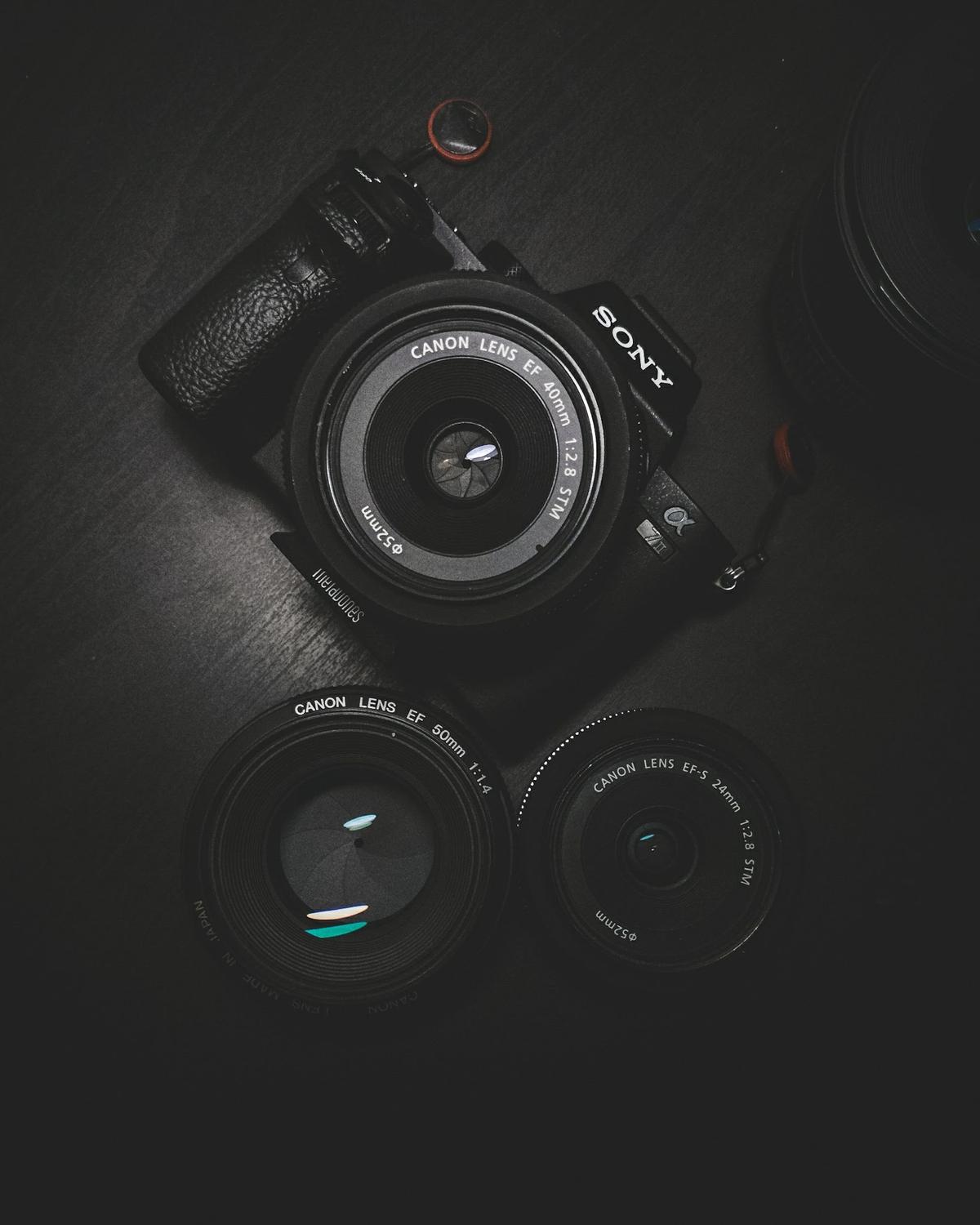
Photo by opticonor on Unsplash
Nikon
Why Choose Nikon? A Simple Decision for Beginners
It’s no secret that Nikon has a stellar reputation in the world of photography. Known for its impressive level of dedication to quality and performance, Nikon’s robust cameras deliver international-standard imagery that will make your pictures stand out.
Beginners may be lured into thinking that a high-quality brand like Nikon is out of their reach or too complicated for their new-to-photography status. But the reality is a different story altogether. Nikon offers a range of entry-level models that seamlessly blend simplicity, affordability, and powerful features. The perfect recipe for any beginner trying to navigate through their newfound passion for photography.
User-Friendly Features
While being cost-effective, Nikon’s entry-level models don’t compromise on the features. They offer easy-to-understand controls alongside offering a healthy mix of automated and manual settings. Thus, beginners can start their photography journey by relying on the automated settings for that perfect shot, and as they progress, start exploring the manual controls.
Nikon cameras are also equipped with excellent autofocus systems, which can accurately lock onto subjects in various lighting conditions, making photography significantly easier for newcomers.
Image Quality
Image quality is one of Nikon’s secret ingredients that make it a favored choice among beginners and professionals alike. Whether you’re shooting vibrant landscapes or detailed portraits, Nikon cameras provide high-resolution images with accurate colors and sharp details that can capture every moment with an editorial-quality finish.
Long-standing Reputation
Nikon is a brand with a long and established history in the world of photography. This vast experience results in high-performing and reliable cameras that offer users peace of mind. Not to mention, this makes Nikon a sensible choice for beginners who are wary of investing in a brand with less reliability or prestige.
In conclusion, Nikon ensures that beginners embark on their photography journey with a reliable, user-friendly, and quality delivering companion. So, if you’re just starting out in the world of photography and unsure which brand to go with, Nikon with its entry-level models makes for a sensible and rewarding choice.
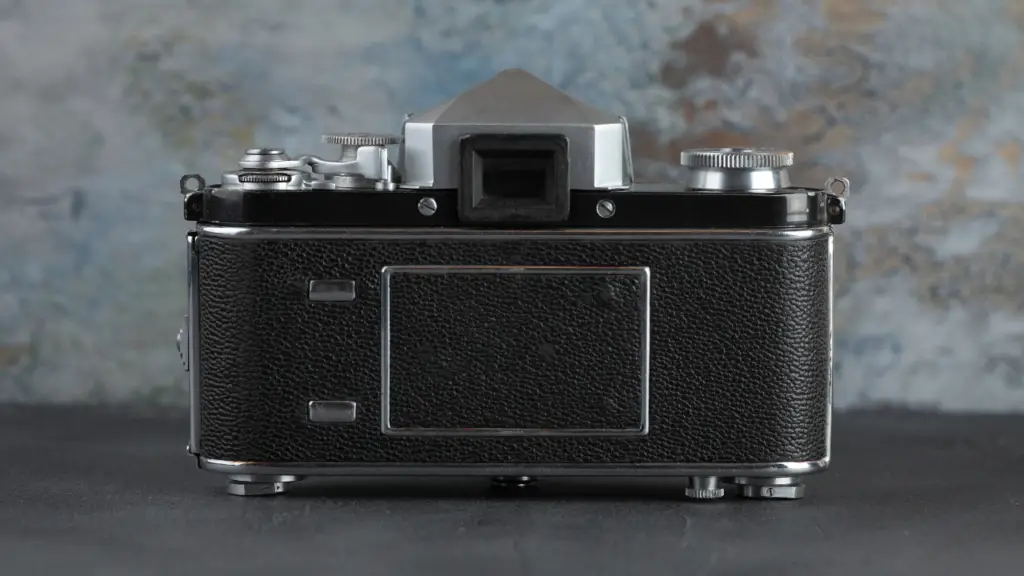
Olympus OM-10
The Olympus OM-10 is a 35mm single-lens reflex (SLR) camera that was introduced by Olympus Corporation in 1979. It was a part of the Olympus OM system, which was known for its compact and lightweight design. Here are some key features and details about the Olympus OM-10.
Price
The price represents the amount a buyer is expected to pay to acquire a product. For vintage items like the Olympus OM-10, the price isn’t just a reflection of its original retail value but also factors in its current condition, rarity, historical significance, and demand in the collector’s market. In the world of vintage cameras, provenance (the history of ownership) can also play a role, especially if the item was owned by a notable individual or used in significant events.
Features
Features encompass the various technical and operational characteristics of a product. For cameras, this includes aspects like the type of exposure settings it offers (manual, aperture-priority, etc.), the kind of metering systems it employs (spot, center-weighted, matrix), shutter speed ranges, and other functionalities like self-timers, multiple exposures, or mirror lock-up. Features can significantly influence a photographer’s workflow and the kinds of photographic situations the camera is best suited for.
Size and Weight:
These refer to the physical dimensions and heft of a product. In the realm of photography, size, and weight are crucial because they directly impact a photographer’s experience. A compact and lightweight camera might be preferred for street photography or travel, ensuring agility and reducing fatigue. In contrast, studio photographers might not prioritize these aspects as much. The size and weight of a camera can also influence its sturdiness and how it feels in the hand, which can be important for many photographers.
Lenses
Lenses are intricate optical systems designed to focus light onto a camera’s film or digital sensor. When discussing camera systems, the term encompasses not just the optical quality and design of individual lenses but also the range of focal lengths available, maximum apertures, and special lens features like image stabilization or unique bokeh characteristics. The availability and quality of lenses for a particular camera mount can make or break a photographer’s decision to invest in a specific system, as lenses play a pivotal role in image creation.
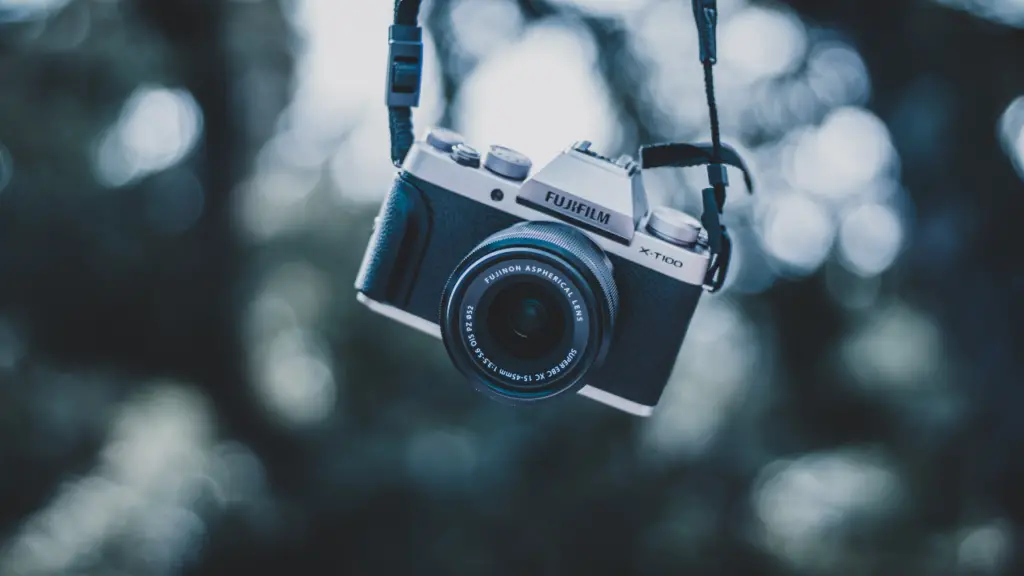
Fujifilm Instax Mini 11
The Fujifilm Instax Mini 11 is an instant film camera that captures and prints photos on the spot, offering a nostalgic and tangible experience in the digital age. With its sleek design, vibrant color options, and user-friendly features, it’s a popular choice for those new to instant photography or anyone looking for a fun, straightforward camera.
Ease of Use: Designed for simplicity, the Instax Mini 11 is perfect for beginners. Its automatic exposure adjusts according to ambient light, ensuring well-exposed photos without manual adjustments. The selfie mode, activated by pulling out the lens barrel, simplifies close-up shots.
Price Point: As of 2021, the Instax Mini 11 stands as one of the more budget-friendly instant cameras available. While the camera itself is affordable, potential users should also factor in the recurring cost of film packs.
Features:
- Automatic Exposure: Tailors shutter speed and flash output based on lighting conditions.
- Selfie Mode: Enables close-up shots by pulling out the lens barrel.
- Customizable Shutter Buttons: Offers two replaceable shutter button accessories for personalization.
- High-Key Mode: Produces images with a softer look.
- Built-in Flash: Ensures well-lit subjects in dim settings.
Upgrade Path: For enthusiasts wanting to delve deeper into instant photography, Fujifilm’s Instax lineup offers models with advanced features, such as the Instax Mini 90 or Instax Square SQ6. The Instax Wide series, on the other hand, caters to those desiring larger print formats.
Lenses: The camera boasts a fixed 60mm lens, equivalent to a 34mm lens on a full-frame camera in terms of field of view. While it’s not interchangeable, the lens is adept at delivering clear and vibrant images on Instax film, suitable for a variety of scenarios.

Yashica Electro 35
The Yashica Electro 35 is a 35mm rangefinder camera, which means it uses a dual-image rangefinding focus mechanism. This allows the photographer to focus accurately by aligning two superimposed images in the viewfinder. The Electro 35 series was particularly notable for its automatic exposure system, which was advanced for its time.
Ease of Use: While it offers manual focus via the rangefinder mechanism, its exposure is primarily aperture-priority automatic, making it relatively straightforward for those unfamiliar with full manual settings. The user selects the aperture, and the camera chooses the appropriate shutter speed.
Price Point: When it was first released, the Electro 35 offered a lot of value for its price, making high-quality photography accessible to many. Today, as a vintage camera, its price can vary based on condition, model, and demand. Generally, it’s still considered an affordable entry into the world of vintage rangefinder cameras.
Features:
Aperture-Priority Automatic Exposure: The camera’s main selling point. It uses a unique electronic system to control the shutter speed based on the chosen aperture and lighting conditions.
“Arrow” Indicator: In the viewfinder, arrows indicate whether the shot will be over or underexposed, guiding the user to adjust the aperture accordingly.
Fixed Lens: The camera comes with a fixed 45mm f/1.7 lens, known for its sharpness and pleasing bokeh.
Built-in Light Meter: Uses a CdS (Cadmium Sulfide) cell located on the front of the camera.
Upgrade Path: There were several models in the Electro 35 series, each with minor improvements or changes. If one starts with an earlier model, one might consider upgrading to a later version. However, for a significant upgrade in terms of features or format, one would need to look outside the Electro 35 series.
Lenses: The Yashica Electro 35 features a fixed Yashinon 45mm f/1.7 lens. This lens is not interchangeable but is renowned for its optical quality, producing sharp images with smooth out-of-focus areas. Its wide aperture also allows for good low-light performance and depth-of-field control.
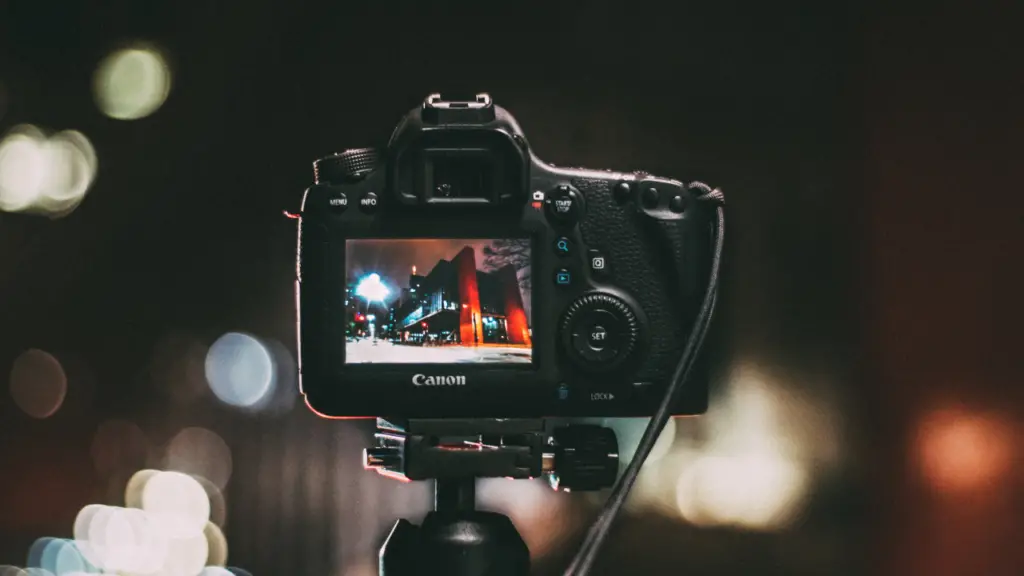
Pentax K1000
The Pentax K1000 is one of the most iconic and enduring 35mm SLR cameras ever produced. Introduced in 1976 by the Japanese company Asahi Pentax, the K1000 became a staple for photography students and enthusiasts alike due to its robustness, simplicity, and affordability. Here’s a detailed overview:
The Pentax K1000 is a fully mechanical, manual 35mm SLR. With its no-frills design, it offers a pure photography experience, requiring the photographer to manually set both shutter speed and aperture. Its longevity in the market (produced from 1976 to 1997) is a testament to its reliability and widespread appeal.
Ease of Use: The K1000 is known for its straightforward operation. With no automatic modes, it’s an excellent tool for learning the basics of photography. The camera’s simple layout, featuring a shutter speed dial, film advance lever, and a basic light meter, allows beginners to focus on the fundamentals without getting overwhelmed.
Price Point: When it was in production, the K1000 was an affordable option for many, especially students. Today, as a vintage camera, it remains relatively inexpensive in the used market, making it a popular choice for those wanting to explore film photography.
Features:
Fully Mechanical: The K1000 operates without batteries, except for the light meter, which requires a small battery.
Built-in Light Meter: A simple needle-matching system in the viewfinder indicates over, under, or correctly exposed scenes.
Rugged Build: Its all-metal construction contributes to its reputation for durability.
Pentax K Mount: Introduced with the K series, this lens mount became a standard for Pentax, ensuring compatibility with a wide range of quality lenses.
Upgrade Path: If one starts with the K1000 and wishes to explore more advanced features, Pentax offers a range of cameras with additional functionalities. Models like the Pentax ME Super or the Pentax LX provide more features like aperture-priority auto-exposure or more advanced metering systems.
Lenses: The K1000 uses the Pentax K mount, which means it’s compatible with a vast array of lenses, both from Pentax and third-party manufacturers. The standard lens often paired with the K1000 is the SMC Pentax 50mm f/2, known for its sharpness and versatility. However, the K mount’s popularity ensures the availability of wide-angle, telephoto, macro, and other specialized lenses.

Photo by clemensvanlay on Unsplash
After exploring the features and benefits of Canon and Nikon, it’s apparent that both camera brands provide exceptional options for beginners. Regardless of whether you prefer Canon’s myriad of camera models or Nikon’s impressive image quality, both brands present potent entry-level cameras that are user-friendly, moderately priced, and loaded with features that help beginners enhance their photography skills.
Making the final choice will largely depend on your personal preferences. Happy photographing!
